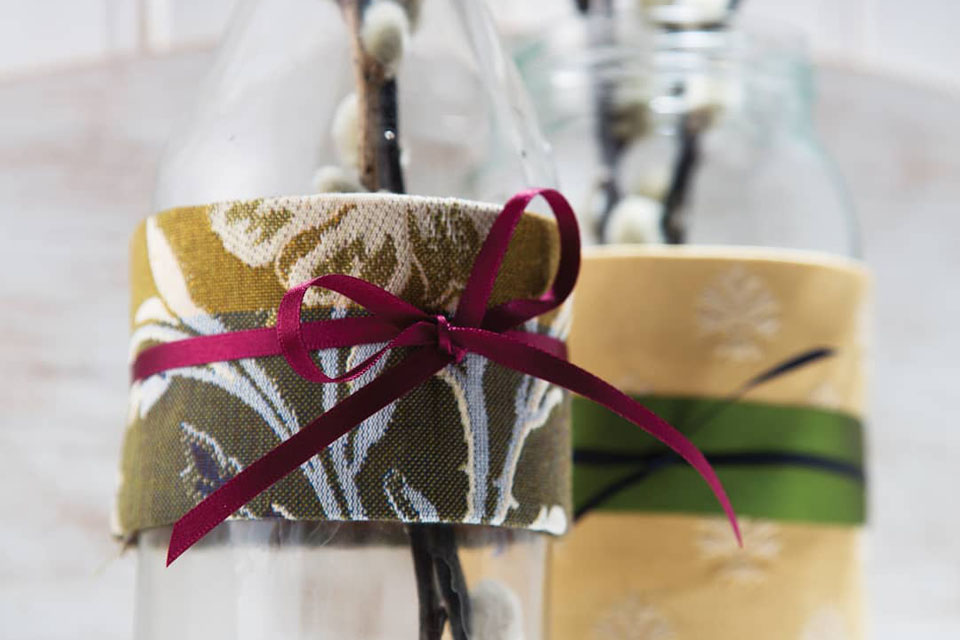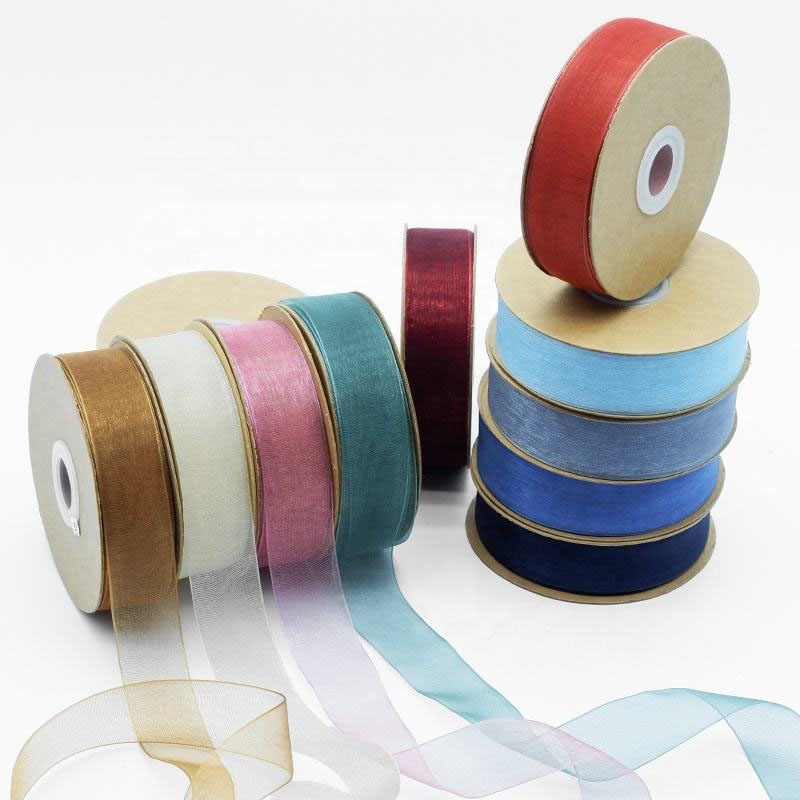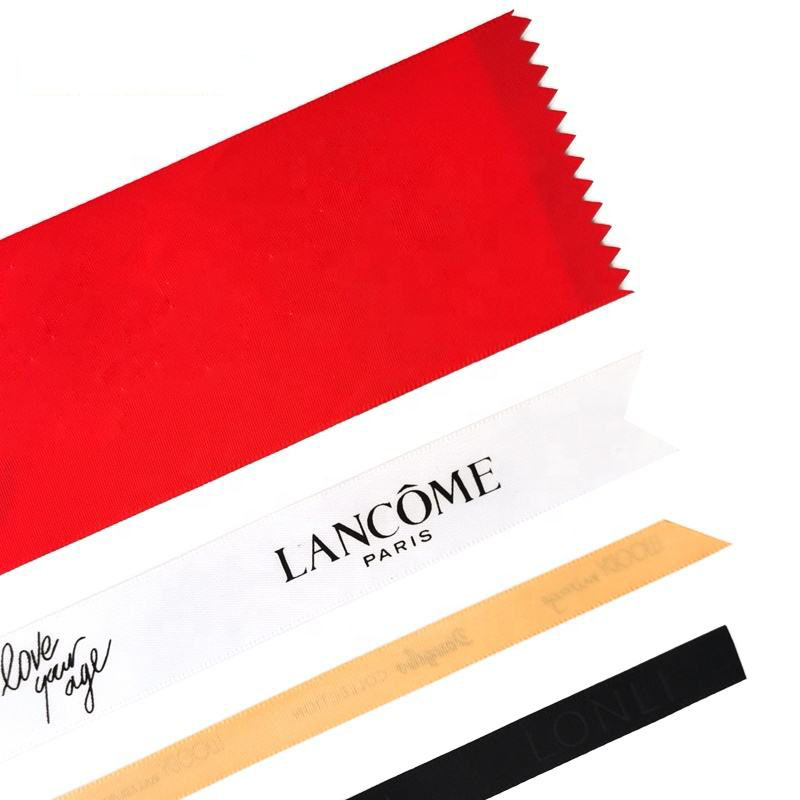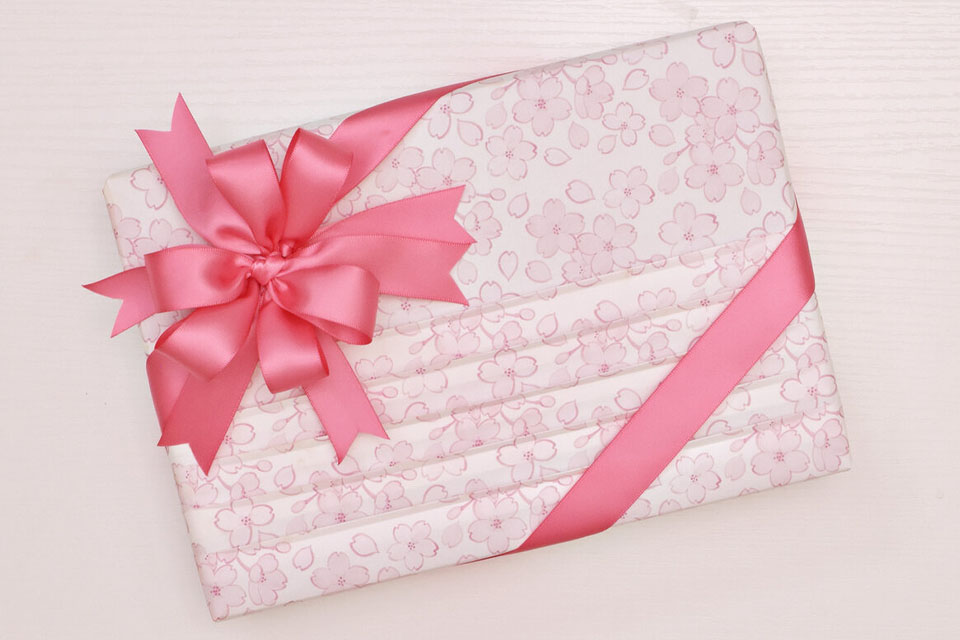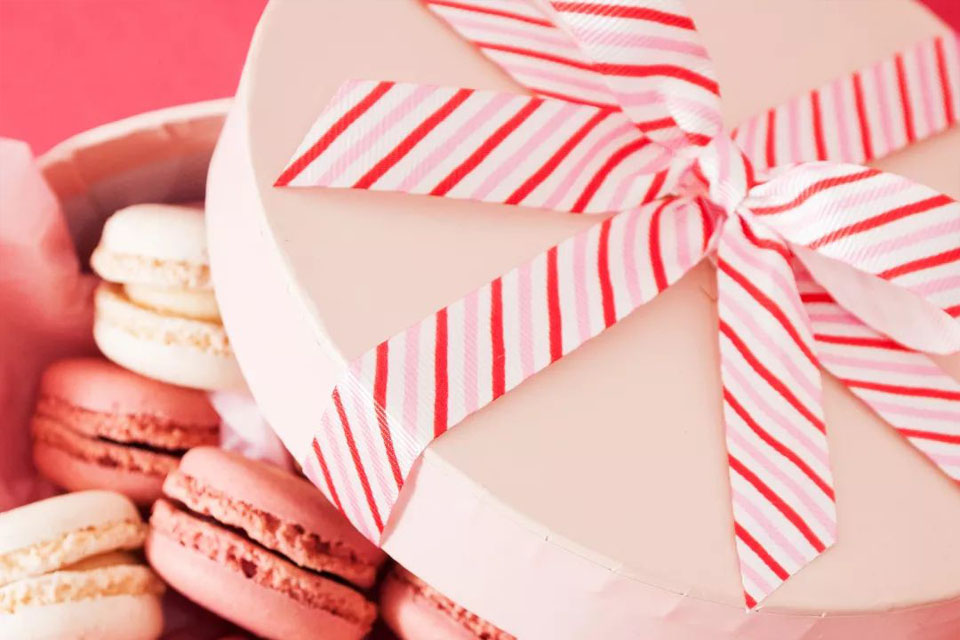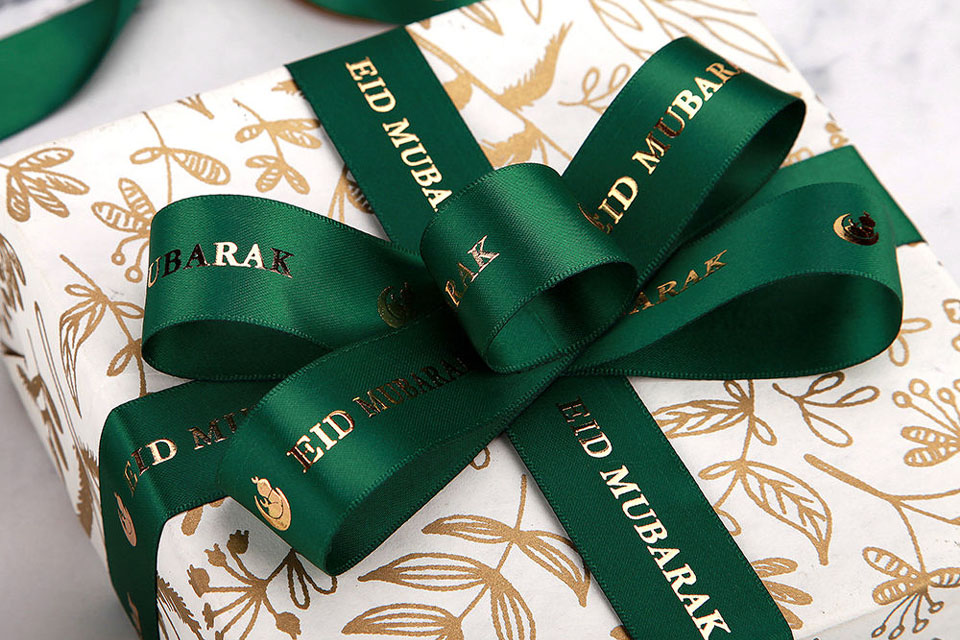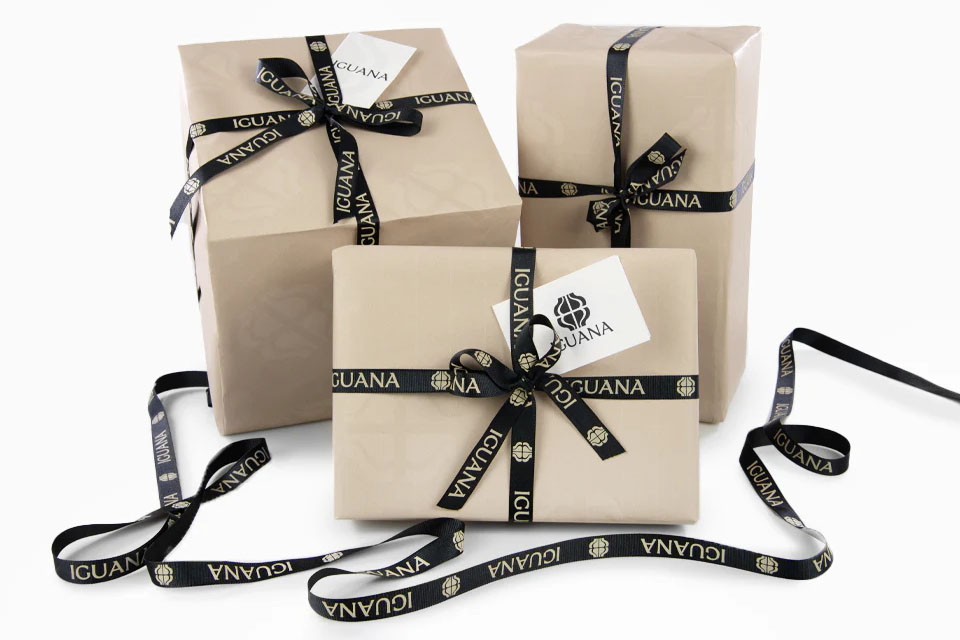
Learn the latest trends and knowledge from the leading manufacturer in China about ribbon business.
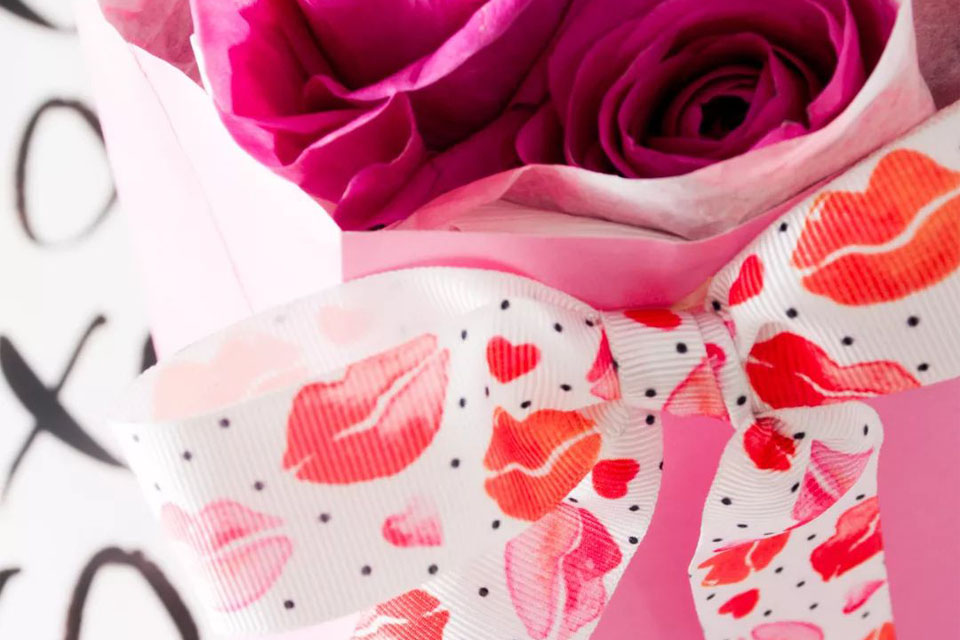
Crafting Exquisite Ribbon Roses: A DIY Guide
Ribbon roses are a timeless and elegant craft project, perfect for adding a touch of charm to gifts, decorations, and even clothing.
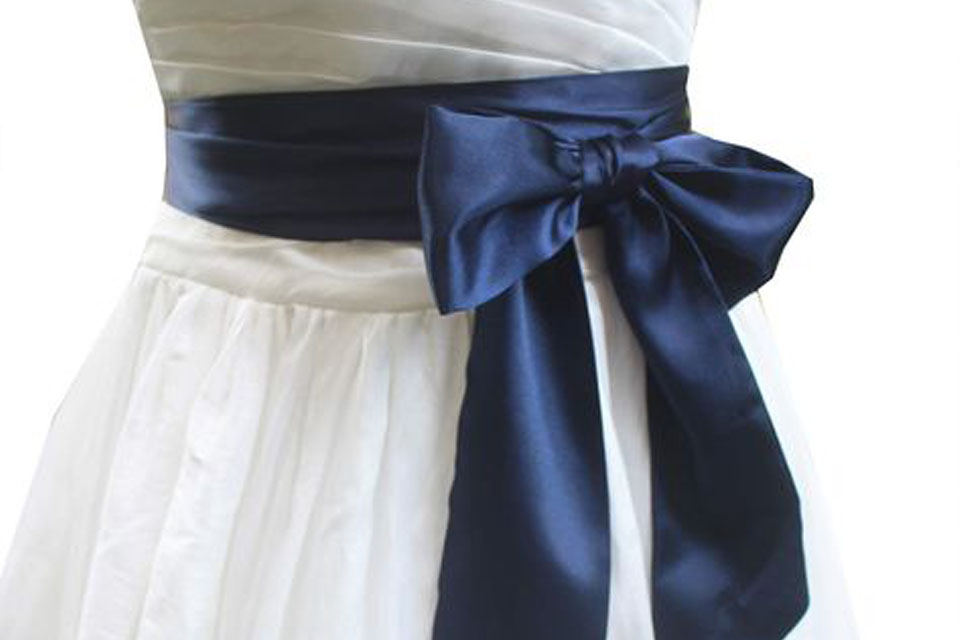
How To Tie Dress Ribbon
Creating the perfect bow on your dress can transform your outfit from ordinary to extraordinary.
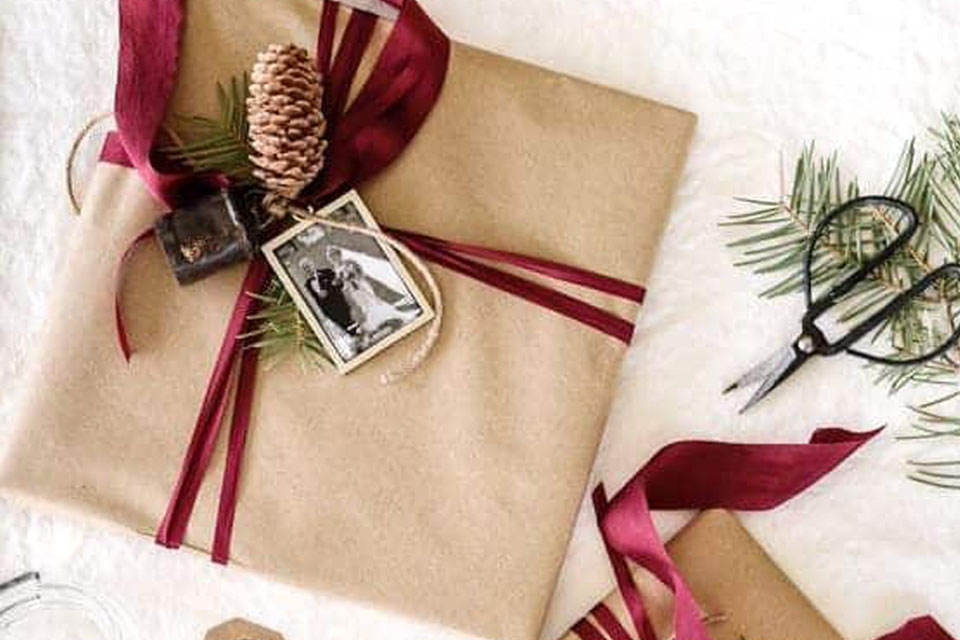
How To Tie A Ribbon Bow
Learning how to tie a perfect bow is an essential skill that can elevate your gift wrapping, home decor, and craft projects.

